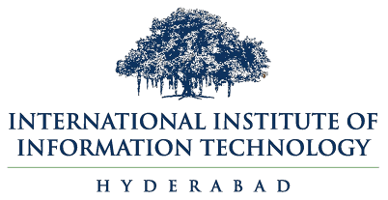
Faculty/ Arti Yardi
Arti Yardi
Assistant Professor
A2-204, Vindhya A2, 1st floor, SPCRC, IIIT Hyderabad
arti.yardi[at]iiit.ac.in
9167646227
Extn :1372
NEWS

Davin Sequeira- (Active)
davin.sequeira@research.iiit.ac.in

Shubhankar Kamthankar- (Active)
shubhankar.k@research.iiit.ac.in

Guneesh Vats- (Active)
guneesh.vats@research.iiit.ac.in
Teaching Courses










EC5.410 - Information Theory
2024-25 - Monsoon

EC5.412 - Foundations for Signal Processing and Communication
2024-25 - Monsoon

EC5.102 - Information and Communication
2024-25 - Spring

EC2.202 - Electronics Workshop II
2024-25 - Spring

EC5.412 - Foundations for Signal Processing and Communication
2023-24 - Monsoon

EC5.102 - Information and Communication
2023-24 - Spring

EC5.205 - Introduction to Coding Theory
2023-24 - Spring

EC5.410 - Information Theory
2022-23 - Monsoon

EC2.202 - Electronics Workshop II
2022-23 - Spring
About
I am an Assistant Professor at IIIT-Hyderabad. I am associated with Signal Processing and Communication Research Center (SPCRC). I received M.Tech + PhD dual degree from IIT Bombay.
Areas of Expertise
- Covert communication and security
- Applications of machine learning in communication systems
- Error correcting codes with focus on cyclic and LDPC codes
Selected Publications
Detecting Linear Block Codes via Deep Learning
Arti Yardi,Vamshi Krishna Kancharla,Amrita Mishra
Wireless Communications and Networking Conference, WCNC, 2023
Third-party cyclic code reconstruction over binary erasure channel
Arti Yardi
International Journal of Information and Coding Theory, IJICOT, 2022
Abs | | bib Tex
EBP-GEXIT Charts for M-ary AWGN Channelfor Generalized LDPC and Turbo Codes
Arti Yardi,Tarik Benaddi,Charly Poulliat,Iryna Andriyanova
EEE Transactions on Communications, TCOMM, 2022
